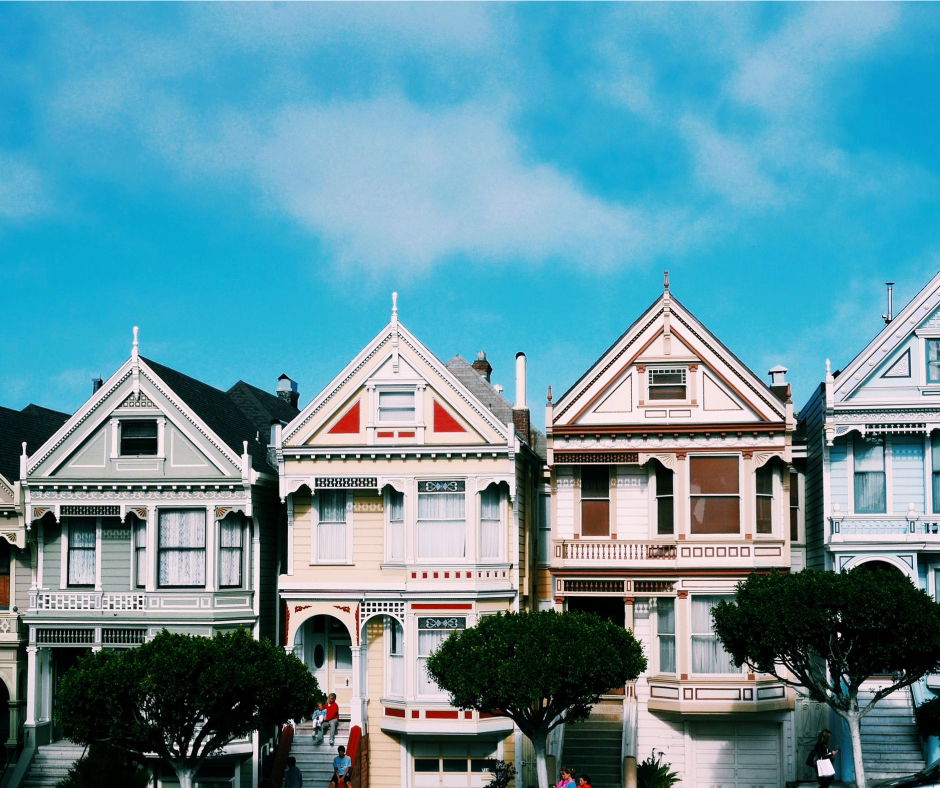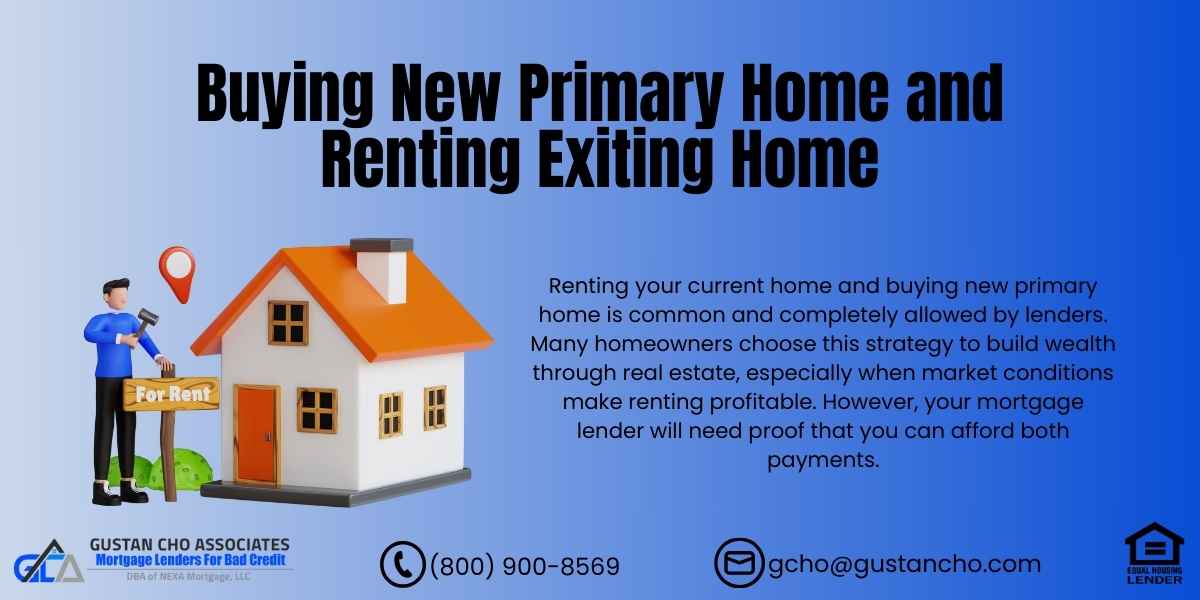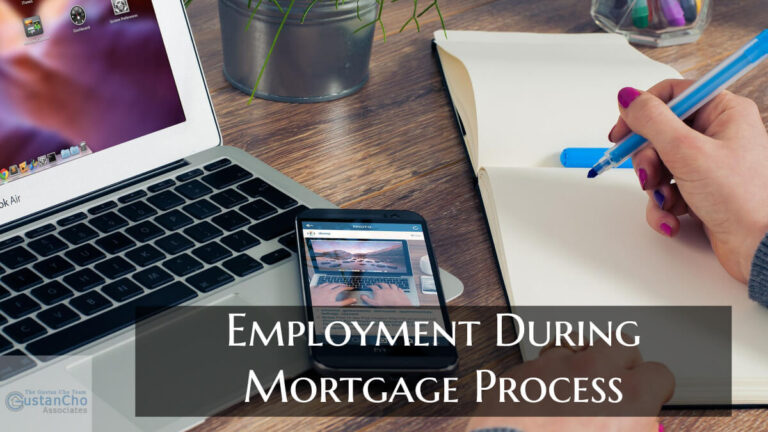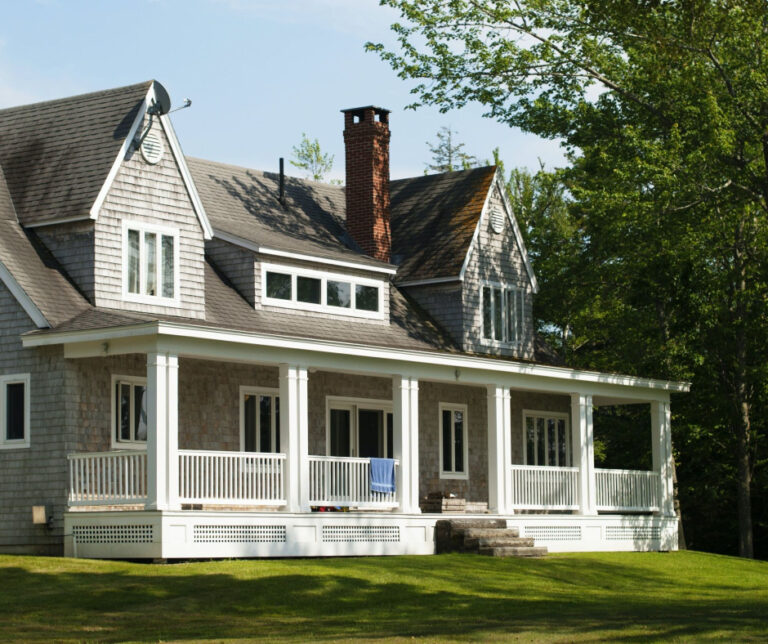Buying New Primary Home and Renting Exiting Home
Buying New Primary Home: How to Rent Your Current House and Get a Mortgage in 2025
Buying a new primary home is exciting, especially if your family is growing or you’re ready to move into a better neighborhood. Many homeowners wonder, “Can I rent my current house while buying new primary home?” The answer is yes! In fact, it’s becoming more popular in 2025 because home values continue to rise. In this article, we’ll explain exactly how you can rent your existing house and successfully purchase your next home.
Why Renting Out Your Current Home Makes Sense
Real estate remains a solid investment even with increased mortgage rates and climbing home prices. The Federal Housing Finance Agency (FHFA) has reacted by increasing conforming loan limits to $766,550 in 2024, an increase from $715,000 in 2023. This increase reflects continued growth in home values, allowing buyers to qualify for larger loans when buying new primary home.
Renting out your existing home offers several financial benefits:
- Steady monthly rental income.
- Building equity as property values keep rising.
- Protecting your investment against inflation.
- Earning passive income from tenants that helps pay your new mortgage.
Turn your current home into a steady income stream by renting it out!
Apply Now And Get recommendations From Loan Experts
Is it Possible to Rent Your Home and Buy Another?
Yes, renting your current home and buying new primary home is common and completely allowed by lenders. Many homeowners choose this strategy to build wealth through real estate, especially when market conditions make renting profitable. However, your mortgage lender will need proof that you can afford both payments.
Using Rental Income to Qualify for Your New Home
A major question homeowners have is, “Can I use rental income from my old house when buying new primary home?” The good news is that most lenders allow potential rental income to be considered as income for your new mortgage. Here’s what you’ll usually need:
- A signed 12-month lease agreement with your new tenant.
- Proof of the tenant’s first month’s rent or a security deposit.
- Lenders typically use 75% of the rental income to help you qualify.
Understanding Owner-Occupied vs. Investment Property
When buying new primary home, lenders will check if you’re genuinely going to live there. It’s important to avoid misleading lenders about occupancy to get lower rates and smaller down payments—this is considered mortgage fraud.
Here’s the typical difference:
- Owner-occupied: lower down payments, better interest rates.
- Investment property: minimum 15%-25% down, higher rates.
The lender expects you to occupy your primary home for at least one year. If your plans change legitimately, always communicate clearly and openly with your lender to avoid problems.
Can You Buy a New Primary Home Shortly After Refinancing?

Many borrowers wonder, “Can I buy a new primary home shortly after refinancing my existing home?” The answer is yes, but you’ll need a good explanation and supporting documentation. Life circumstances often change, and lenders understand this. Here’s how it works:
Suppose you recently refinanced your current home but now genuinely need to buy another primary residence. In that case, you’ll need a letter clearly explaining why your situation has changed.
Lenders may request extra documentation, such as evidence of a job transfer, an expanding family, or other justifications for your relocation. It’s essential to talk openly with your lender about your plans to avoid issues.
Can You Have Two FHA Loans at Once?
Another frequent question when buying new primary home is whether having two FHA loans at the same time is possible. Yes, it is—but under specific conditions:
- You’re relocating for a new job, and the new home is at least 100 miles from your current home.
- You must document your job relocation and demonstrate the need for a second FHA loan.
This is great news for homeowners needing flexibility without selling their current homes first.
Distance Requirements When Buying New Primary Home
Buying new primary home close to your existing one might cause issues. Lenders want assurance that your new purchase is genuinely for personal use and not just to benefit from lower rates:
- Typically, the new home should be at least 50 miles away from your current home.
- Exceptions apply if you’re significantly upgrading or downsizing due to family needs, which you’ll have to explain clearly to your lender.
Flexible mortgage options allow you to qualify without selling your existing home
Apply Now And Get recommendations From Loan Experts
Using Potential Rental Income When Buying New Primary Home
When buying a new primary home, lenders usually let you use the rental income from your current home to help you qualify. To do this, your home needs at least 25% equity. This means you own a big part of your home. Also, you must have a valid lease agreement with a tenant living there.
When calculating your income, lenders will consider 75% of the monthly rent you receive. If your home doesn’t have the required 25% equity, you might be able to do a cash-in refinance to reach that level. This can make it easier for you to buy your new home!
Bridge Loans When Buying New Primary Home
When buying a new primary home, you might need money from the value of your current home. This is where bridge loans can be helpful. These special loans let you use the money you’ve built up in your home to help pay for your new one. Using a bridge loan can make things easier because it helps you avoid the stress of closing on both homes at the same time.
You can borrow against your home’s value and repay the loan in about 3 to 12 months. This usually happens after you sell your old home or change it into a rental property. With bridge loans, mortgage lenders help make your move smoother and lessen the pressure to sell your home quickly.
Mortgage Lenders For Bad Credit, Inc. will offer a short-term interest-only bridge loan. The exiting property needs to be listed. Our company will lend equity in the departure property for 90 days. Once the property is sold and closed, the homeowner can pay the bridge loan.
Tax and Deduction Implications
If you convert your existing home into a rental, you get tax benefits like deducting repairs, depreciation, and management expenses. However, once you move back into a rental property and make it your primary home again, those rental deductions stop.
Key Points:
- Depreciation deductions stop when it becomes your primary residence.
- You must follow local laws if you list your home on platforms like Airbnb.
How to Prepare for Buying New Primary Home
- Talk to a trusted mortgage professional early.
- Gather necessary documentation (pay stubs, bank statements, tax returns).
- Get a lease signed for your current home if you plan to rent it.
- Ensure your finances clearly show your ability to afford both mortgages, even if one is partially covered by rental income.
Mortgage Options for Buying New Primary Home
In 2025, great loan options are still available:
- FHA loans: 3.5% down, suitable for moderate credit.
- VA loans: 0% down for qualified veterans.
- USDA loans: 0% down for qualifying rural properties.
- Conventional loans: 3%-5% down, with flexible guidelines.
Mortgage Rates and Market Trends in 2025
Mortgage rates have stabilized around 6%- 7, and real estate remains strong despite inflation concerns. If managed correctly, keeping your existing home and buying new primary home could lead to significant financial growth
Final Thoughts on Buying New Primary Home
If done responsibly, buying a new primary home while keeping your existing house as a rental is achievable and financially rewarding. Understanding lender guidelines, staying transparent in your intentions, and ensuring your finances align with your goals are crucial.
Understanding how renting your current home affects your new home purchase will help you be better prepared and more confident. Contact a mortgage professional for personalized guidance on buying new primary home today.
Buy your next home with affordable, low-down-payment mortgage programs
Apply Now And Get recommendations From Loan Experts
Frequently Asked Questions About Buying New Primary Home:
Q: Can I rent my house when buying new primary home?
A: Yes, you can rent your current home and buy a new primary home at the same time. It’s common, and lenders allow it if you qualify.
Q: Will rental income help me buy a new primary home?
A: Absolutely! When you possess a signed lease, lenders typically consider 75% of your rental income to help you qualify for the new mortgage.
Q: How far apart must my homes be when buying new primary home?
A: Typically, lenders want your new primary home to be at least 50 miles away unless there’s a good reason, such as family needs or a larger home.
Q: Can I have two FHA loans when buying new primary home?
A: Yes, if you’re moving because of a job at least 100 miles from your current home, you’ll need proof of your current job.
Q: What’s the lowest down payment for buying new primary home?
A: If you qualify, you can pay as low as 3.5% down with an FHA loan or even 0% down with a VA or USDA loan.
Q: Can I buy a new primary home right after refinancing?
A: Yes, but you’ll need to explain to your lender with supporting documents a clear reason, like a job change or a bigger family.
Q: What’s a bridge loan when buying new primary home?
A: A bridge loan lets you borrow equity from your current home to buy your new one. It helps if you haven’t sold your old house yet.
Q: Will my taxes change if I rent my home and buy new primary home?
A: Yes, rental homes get special tax deductions like repairs and depreciation, but you can’t claim these once you move back in.
Q: What documents do lenders need when buying new primary home?
A: Lenders usually ask for pay stubs, bank statements, tax returns, and a signed lease if you rent your current home.
Q: Can Mortgage Lenders for Bad Credit help with buying new primary home?
A: Yes! Mortgage Lenders for Bad Credit specializes in helping borrowers find the right loans, even if you have credit challenges.
This blog about “Buying New Primary Home With Renting Exiting House” was updated on March 13th, 2025.
financing your next home purchase while renting your current property
Apply Now And Get recommendations From Loan Experts







